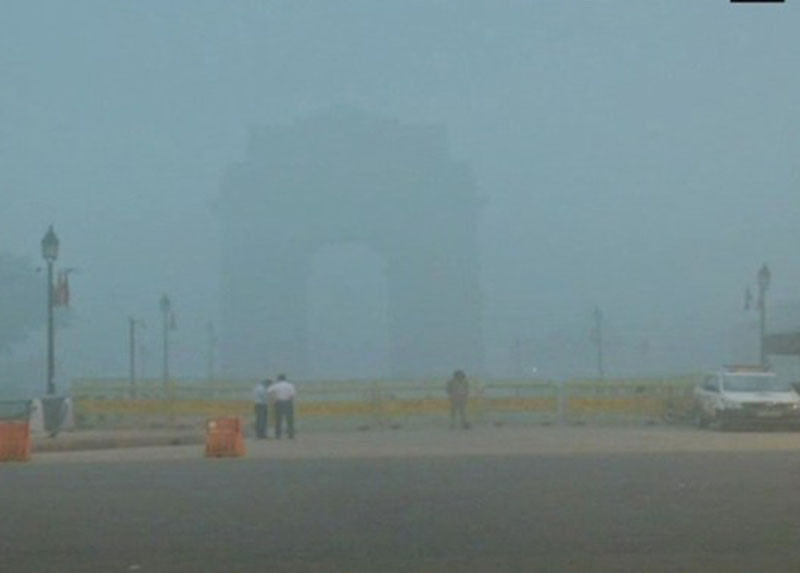New Delhi: Every day, around 93 per cent of the children globally under the age of 15 years (1.8 billion children) breathe air that is so polluted it puts their health and development at serious risk, the World Health Organisation (WHO) said on Monday. Tragically, many of them die.
A new study by the WHO estimates that 600,000 children died from acute lower respiratory infections caused by dirty air in 2016.
The report, “Air pollution and child health: Prescribing clean air”, examines the heavy toll of both ambient (outside) and household air pollution on the health of the world’s children, particularly in low and middle-income countries.
The report is being launched on the eve of WHO’s first ever Global Conference on Air Pollution and Health.
It reveals when pregnant women are exposed to polluted air, they are more likely to give birth prematurely, and have small, low birth-weight children.
Alarmingly, 14 out of the 20 most polluted cities in the world are in India.
WHO Global Ambient Air Quality Database (update 2018), released in May, says the air pollution related mortality and disease burden India faces is also the highest in the world.
More than two million deaths occur in India prematurely every year, accounting for 25 per cent of the global deaths due to poor air quality.
The air pollution related mortality and disease burden India faces is also the highest in the world. More than two million deaths occur in India prematurely every year, accounting for 25 per cent of the global deaths due to poor air quality.
Environmental group Climate Trends, based here, says most Indian cities, unlike New Delhi, do not have an emergency response plan to tackle air pollution.
While some of the cities like Patna and Varanasi have recently formulated action plans, there are none in place to issue advisories or mitigate the pollution at the source level instantly as in the case of the Graded Response Action Plan to combat air pollution.
It says the summer-time pollution too this year was rampant as the National Capital Region experienced dust storms coupled with problems of pollution at the local level.
The Graded Response Action Plan in cities like Delhi is only being implemented during the winter months while the pattern of pollution is clearly indicating that there is a problem throughout the year, Climate Trends Senior Researcher Aishwarya Sudhir told IANS.
The WHO report says air pollution also impacts neurodevelopment and cognitive ability and can trigger asthma and childhood cancer.
Children who have been exposed to high levels of air pollution may be at greater risk for chronic diseases such as cardiovascular disease later in life.
“Polluted air is poisoning millions of children and ruining their lives,” WHO Director-General Tedros Adhanom Ghebreyesus said in a statement.
“This is inexcusable. Every child should be able to breathe clean air so they can grow and fulfil their full potential.”
One reason why children are particularly vulnerable to the effects of air pollution is that they breathe more rapidly than adults and so absorb more pollutants.
They also live closer to the ground, where some pollutants reach peak concentrations — at a time when their brains and bodies are still developing.
In addition, newborns and small children are often at home. If the family is burning fuels like wood and kerosene for cooking, heating and lighting, they will be exposed to higher levels of pollution than children who spend more time outside the home.
“Air pollution is stunting our children’s brains, affecting their health in more ways than we suspected. But there are many straight-forward ways to reduce emissions of dangerous pollutants,” Maria Neira, Director with the Department of Public Health, Environmental and Social Determinants of Health at WHO, said.
[source_without_link]IANS[/source_without_link]

